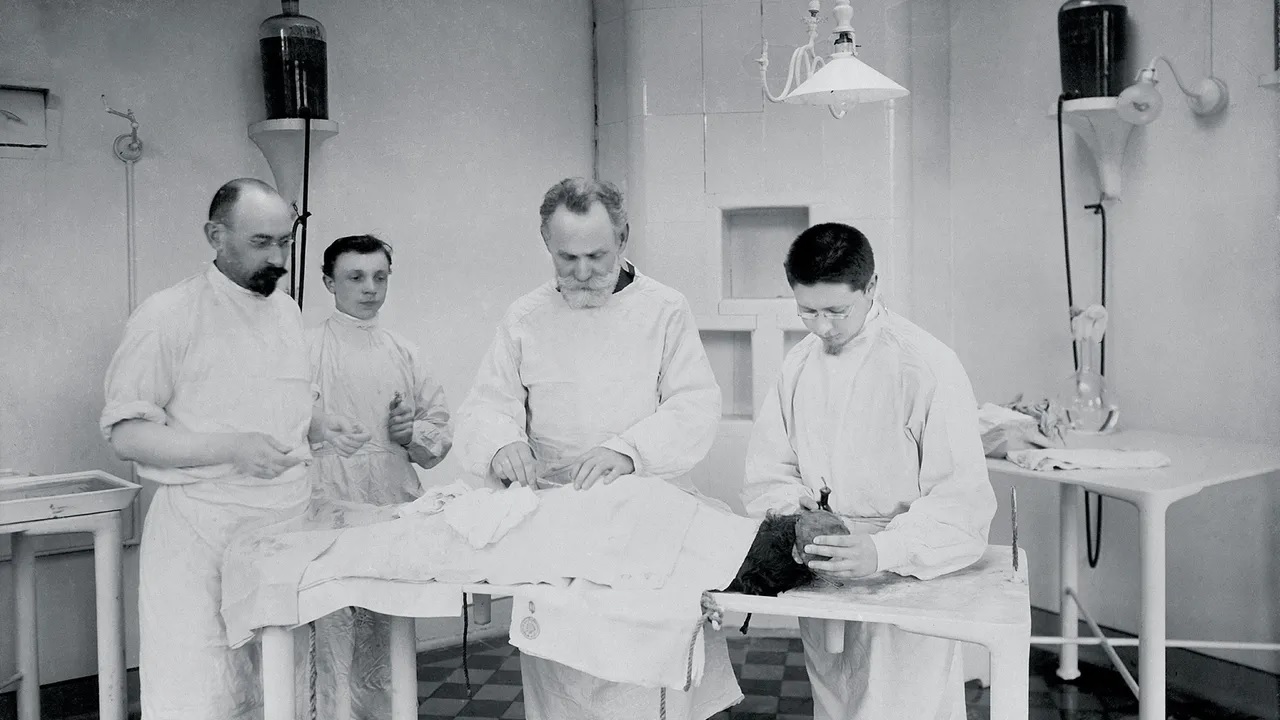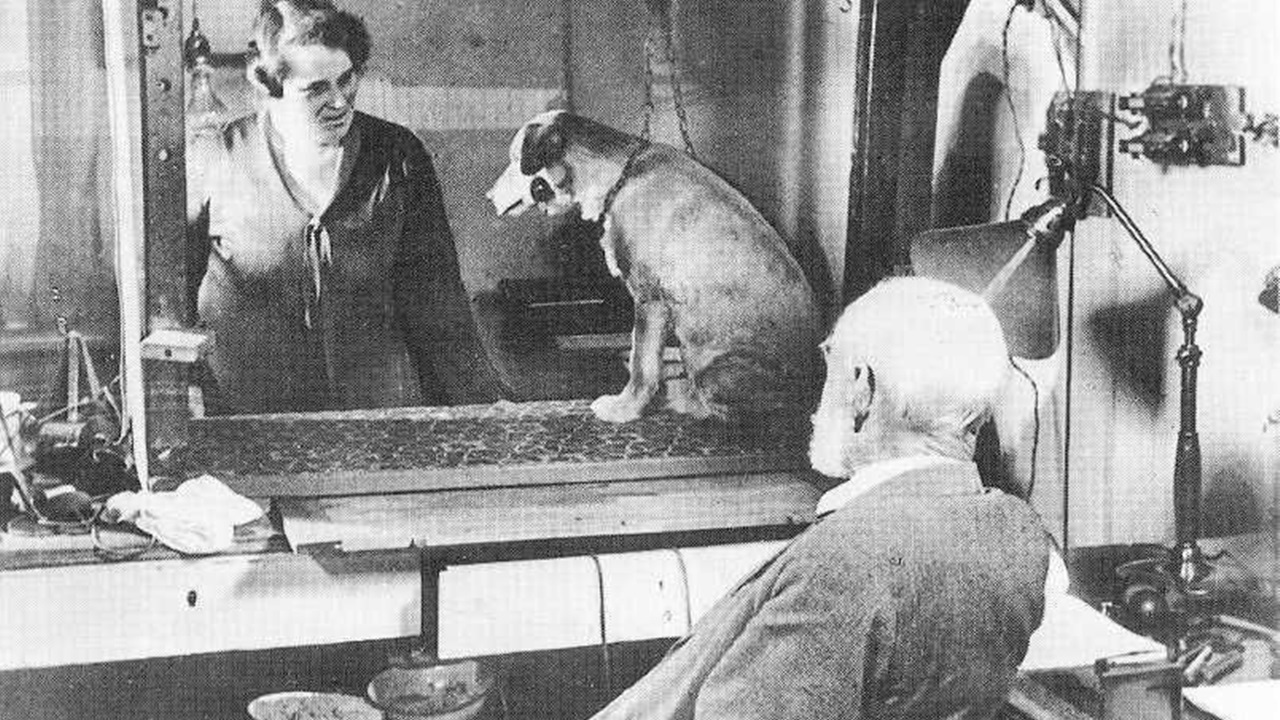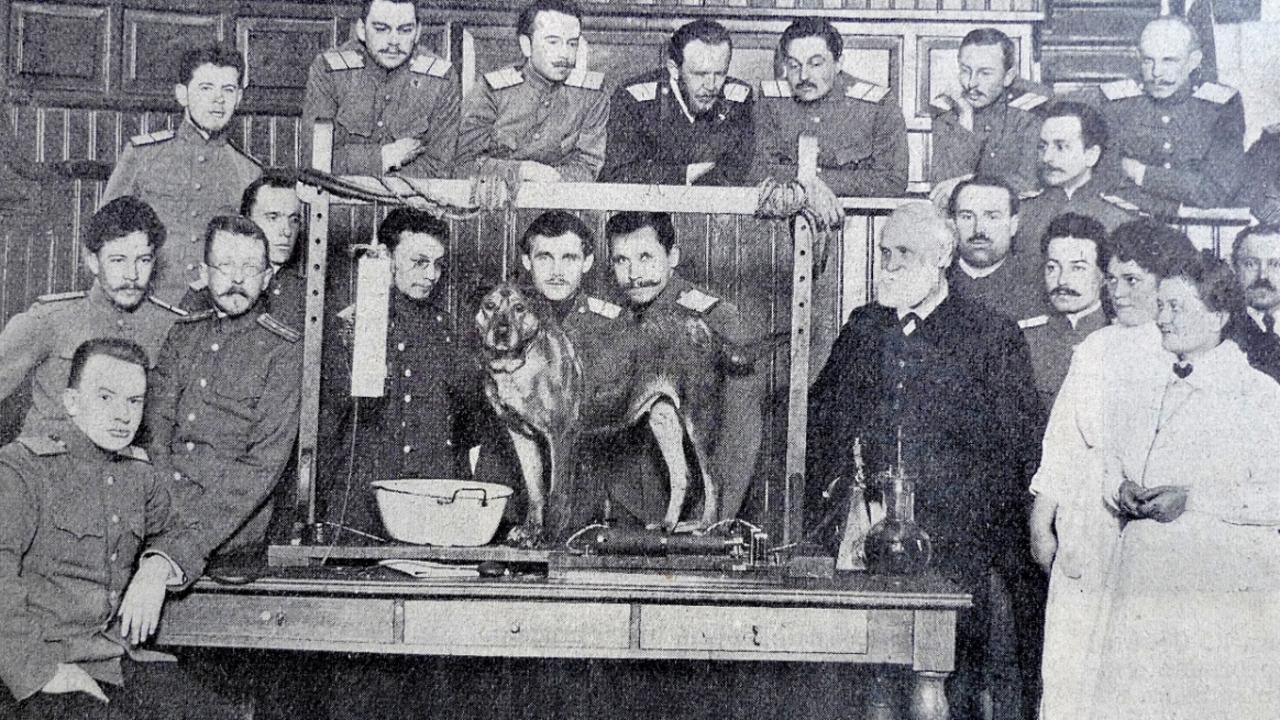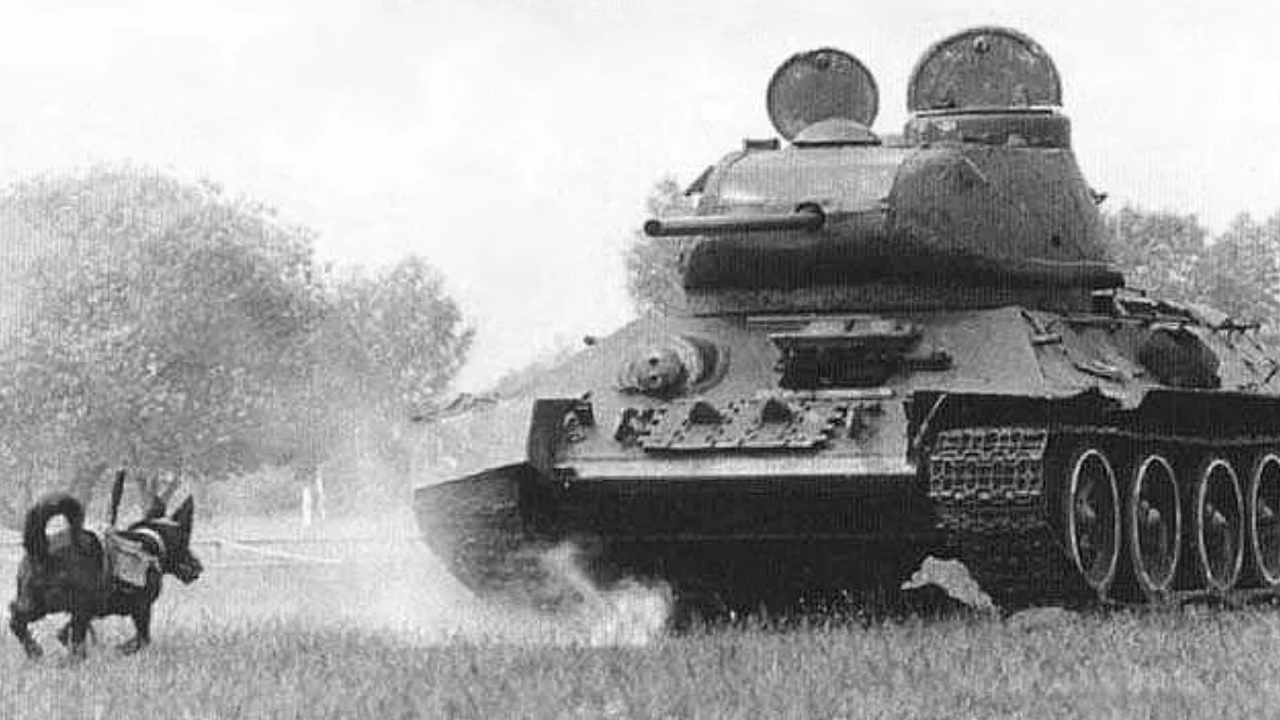Classical conditioning, which we all know as Pavlov’s dog because it was discovered during the dog experiments carried out by Ivan Pavlov, is based on a person’s response to one stimulus being triggered by another stimulus. Let’s take a closer look at Pavlov’s dog experiments, which revealed the classical conditioning applied to dogs during the Second World War and to us today.
Scientific experiments are highly complex processes. You can discover something completely different while working on a subject. This is exactly what Ivan Pavlov did. The Russian scientist was actually working on the digestive system, but during these studies, he discovered a very different situation in the dogs he was experimenting on. This psychological fact called classical conditioning we all know it as Pavlov’s dog.
Pavlov’s dog was seen during his experiments These animals first responded to the footsteps of the workers and then to the ringing stimuli specially presented to them by salivating. Because footsteps and bells meant it was time to eat. The fact that this situation is also valid in humans opened the doors of a new era in the science of psychology. Let’s take a closer look at Pavlov’s dog experiments and what classical conditioning is.
A scientist working on the digestive system: Who is Ivan Pavlov?
Ivan Petrovich Pavlov, who lived between 1849 and 1936, entered the Military Medical Academy after receiving his basic education at the Ryazan Theological High School. Here specialized in physiology however, he was also receiving training on many different subjects, especially natural sciences. In this process, he made important studies on human reflexes.
Now an expert, Pavlov opened a laboratory for himself. Due to his success in his studies, he came to the fore in the scientific world and received support from many important names, especially Alfred Nobel, the founder of the Nobel Prizes. Thanks to his digestive system studies with these supports He was awarded the Nobel Prize in Physiology/Medicine in 1904. The speech he gave at the award ceremony showed the whole world that his work has a very different dimension.
“The most basic and strongest instinct of living things is to find food.”
Taking the stage to receive the Nobel Prize, Ivan Pavlov began his speech quite unexpectedly. According to him, the most basic and strongest instinct of all living things was to find food. He talked about concepts such as conditioned reflex and unconditioned reflex. Because during his experiments, Pavlov discovered that the dogs he was working on started drooling when they heard the footsteps of him or his assistants, even though they had not been given meat yet.
Classical conditioning revealed by Pavlov’s dog experiment:

Ivan Pavlov was experimenting on dogs for studies of the digestive system. He fed them well and took care of their care. Animals accustomed to feeding processes, When they heard Pavlov’s or his assistants’ footsteps, they knew it was time to eat, and they started drooling to prepare themselves for dinner. So they were giving the natural response to the meat natural stimulus, saliva.
Pavlov, a well-educated scientist, wondered, could this natural response be given to an artificial stimulus? Work started immediately. A bell rang before each meat was given to the dogs. After a few tries, the dog had now established a relationship between the bell and the meat. This is called a conditioned response or a conditioned reflex. Because the reaction he gives to meat is an unconditional response.
Pavlov’s dog experiment went step-by-step:

Noticing the first reactions of the dogs, Pavlov prepared a special device and began to measure the amount of saliva of the dogs. Gave them little little meats and naturally increased salivation rates. Then, as the meat was given, the bell began to ring and naturally the saliva rate increased. Finally, without meat, only the bell rang and the dogs’ salivation increased as a conditioned reflex. In other words, the dog now has a natural response to an artificial stimulus. Pavlov explains these reactions under three main headings;
- Each stimulus from the environment activates or inhibits the movement.
- The interactions of the nerves in the brain, which enable to take action and prevent movement, take place according to certain rules.
- There are innate differences in each nervous system.
Basic concepts that define the classical conditioning process:
- Neutral stimulus, i.e. ringing, which initially produces no natural response.
- The natural unconditioned stimulus that causes the natural response, namely the meat given to the dog.
- The naturally occurring unconditioned response, the increase in the dog’s saliva.
- The conditioned stimulus that becomes meaningful after matching with the unconditioned stimulus, that is, the bell ringing with the meat.
- The learned conditioned response to the conditioned stimulus, that is, the increase in the dog’s saliva upon hearing the bell.
The basic principles of classical conditioning in Pavlov’s dog experiment:
- Extinction
- spontaneous recovery
- Stimulus generalization
- Discrimination
- high-level conditioning

Extinction:
The extinction principle, also called experimental dissociation, is a combination of the conditioned stimulus and the unconditioned stimulus. weakening the relationship and as a result the conditioned response disappears. Despite the bell ringing, the dog will no longer respond to the bell as a result of not giving meat to the dogs.
Spontaneous recovery:
Conditional response learned through classical conditioning Even if it disappears, it can come back. In other words, even if the dog is not given meat with a bell and this response is extinguished, if it is repeated after a while, the conditioned response will return. But once extinguished, it will never be the same.
Stimulus generalization:
It refers to giving the same response to stimuli similar to the conditioned stimulus that caused the conditioned response. The dog may drool to similar sounds, although not the same ringing. An example of this is the fear of getting on a motorcycle, for a person who broke his leg by falling off a bicycle in his childhood.
Discrimination:
The discrimination principle is the opposite of stimulus generalization. That is, a dog can only respond conditioned to a single conditioned stimulus. This principle arises because of the innate differences in each nervous system.
Higher conditioning:
conditioned stimulus that produces a conditioned response adding a new one To give an example of high-level conditioning that expresses a high level of conditioning, we can say that the person who is afraid of getting on the motorcycle because he fell off the bike should also be afraid of the car.
The classical conditioning technique was used in WWII:

Those who wanted to fight the powerful tanks of the Germans during the Second World War The Soviets used Pavlov’s dog experiment. After starving the dogs for days, they gave food near the tanks. Thus, the dog established a link between the tank and the food.
A bomb was attached to the backs of the hungry dogs who were taken to the battlefield. When the hungry dogs saw the German tanks, they immediately approached and The bombs on their backs were detonated and the tanks were destroyed. According to Soviet sources, 300 tanks were destroyed in this way. In fact, for a while, German soldiers were ordered to shoot every dog they saw.
We are manipulated by the classical conditioning methods used in advertisements:

The classical conditioning technique is a method used today for alcohol, drug and cigarette addiction, but it is also used in advertisements in an unexpected place. If we use X shampoo, we will be as beautiful as the actress in the advertisement, We think that if we drink the Y beverage, we will have an incredibly joyful life. Even though they don’t make sense, we inevitably receive these messages in our subconscious. Especially young people are the target of this manipulation technique.
RELATED NEWS
What Is Manipulation That ‘Some’ People Use Often, How Do You Know You’ve Been Manipulated?
Describes a person’s natural response to artificial stimuli Classical conditioning revealed by Pavlov’s dog experiment We talked about what you need to know about it. It is really thought-provoking that no matter how complex our minds are, we can be manipulated with a few simple tricks.
